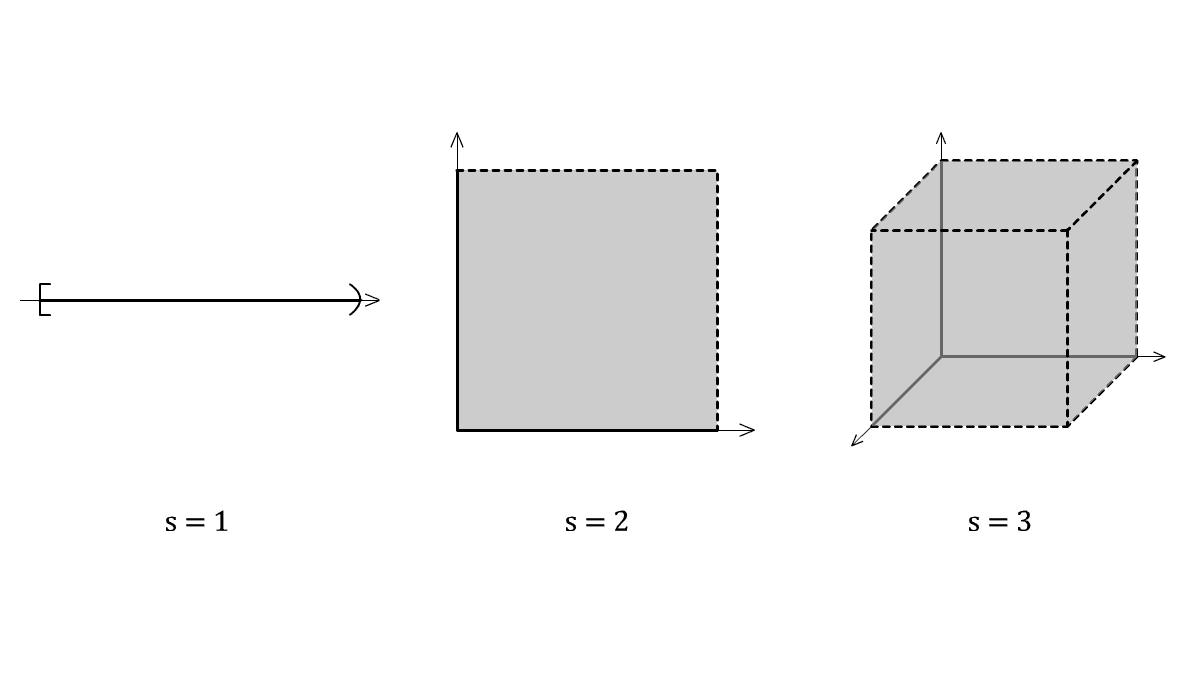Table of Contents
Introduction
Welcome to the documentation for a C++ library housed at this GitHub repository! Corresponding library contains a generator of digital \((t, m, s)\)-nets in base \(2\) featuring:
- Sobol nets,
- Niederreiter nets,
- any digital nets with manually set generating matrices.
Broadly speaking, \((t, m, s)\)-nets are low-discrepancy discrete sets of points in \(s\)-dimensional unit cube. You may find more information about them in the sources listed in Recommended literature.

Contributors
The following people (listed in alphabetical order) have contributed to the development of this project at its different stages. We express our deepest gratitude to you for your commitment! Working with you has been a great memory and experience.
Main contributors
- Alexey Burimov (2019 - present) (GitHub) — Alexey has dedicated two years of his life to the development of digital nets classes and general support of the library. He also participated in the creation of brief manual describing the \((t, m, s)\)-nets generation algorithm proposed by Niederreiter (check out Recommended literature for more info).
- Andrei Eliseev (2019 - present) (GitHub) — Andrei has been responsible for tests, various validation checks of the generator, and general support of the library. He co-authored the aforementioned brief manual with Alexey Burimov.
Significant contributors
- Artyom Antonov (2019) (GitHub) — Artyom was our guide through the jungles of CMake.
- Sergey Kharlamov (2020) (GitHub) — Sergey was responsible for the development of TrueDefect test.
- Mikhail Lazukov (2019) (no contact info) — Michail participated in the development of autotester prototype.
- Ekaterina Listyukhina (2019) (GitHub) — Ekaterina helped us with transition from 32-bit variables to 64-bit ones.
- Darya Mashkovtseva (2020) (GitHub) — Darya was responsible for the development of TrueDefect test.
- Alexander Smekhov (2019) (GitHub) — Alexander helped us with transition from 32-bit variables to 64-bit ones.
- Avetik Vardanyan (2019) (no contact info) — Avetik participated in the development of autotester prototype.
- Arseny Zakharov (2020) (GitHub) — Arseny was responsible for the development of TrueDefect test and implementation of a number of continuous integration features.
License
This software is distributed under the following license.
Boost Software License - Version 1.0 - August 17th, 2003
Permission is hereby granted, free of charge, to any person or organization obtaining a copy of the software and accompanying documentation covered by this license (the "Software") to use, reproduce, display, distribute, execute, and transmit the Software, and to prepare derivative works of the Software, and to permit third-parties to whom the Software is furnished to do so, all subject to the following:
The copyright notices in the Software and this entire statement, including the above license grant, this restriction and the following disclaimer, must be included in all copies of the Software, in whole or in part, and all derivative works of the Software, unless such copies or derivative works are solely in the form of machine-executable object code generated by a source language processor.
(t, m, s)-nets generator (https://github.com/jointpoints/tms-nets) THE SOFTWARE IS PROVIDED "AS IS", WITHOUT WARRANTY OF ANY KIND, EXPRESS OR IMPLIED, INCLUDING BUT NOT LIMITED TO THE WARRANTIES OF MERCHANTABILITY, FITNESS FOR A PARTICULAR PURPOSE, TITLE AND NON-INFRINGEMENT. IN NO EVENT SHALL THE COPYRIGHT HOLDERS OR ANYONE DISTRIBUTING THE SOFTWARE BE LIABLE FOR ANY DAMAGES OR OTHER LIABILITY, WHETHER IN CONTRACT, TORT OR OTHERWISE, ARISING FROM, OUT OF OR IN CONNECTION WITH THE SOFTWARE OR THE USE OR OTHER DEALINGS IN THE SOFTWARE.
Recommended literature
If you wish to get acquainted with the theory concerning \((t, m, s)\)-nets, you may consult with the following resources:
- Harald Niederreiter (1987) "Low-Discrepancy and Low-Dispersion Sequences"
- Harald Niederreiter (1992) "Random Number Generation and Quasi-Monte Carlo Methods"
- Paul Brately, Bennett L. Fox, Harald Niederreiter (1992) "Implementation and Tests of Low-Discrepancy Sequences"
- Josef Dick, Friedrich Pillichshammer (2010) "Digital Nets and Sequences (Discrepancy Theory and Quasi–Monte Carlo Integration)"
- Our own materials (in Russian) that can be found here